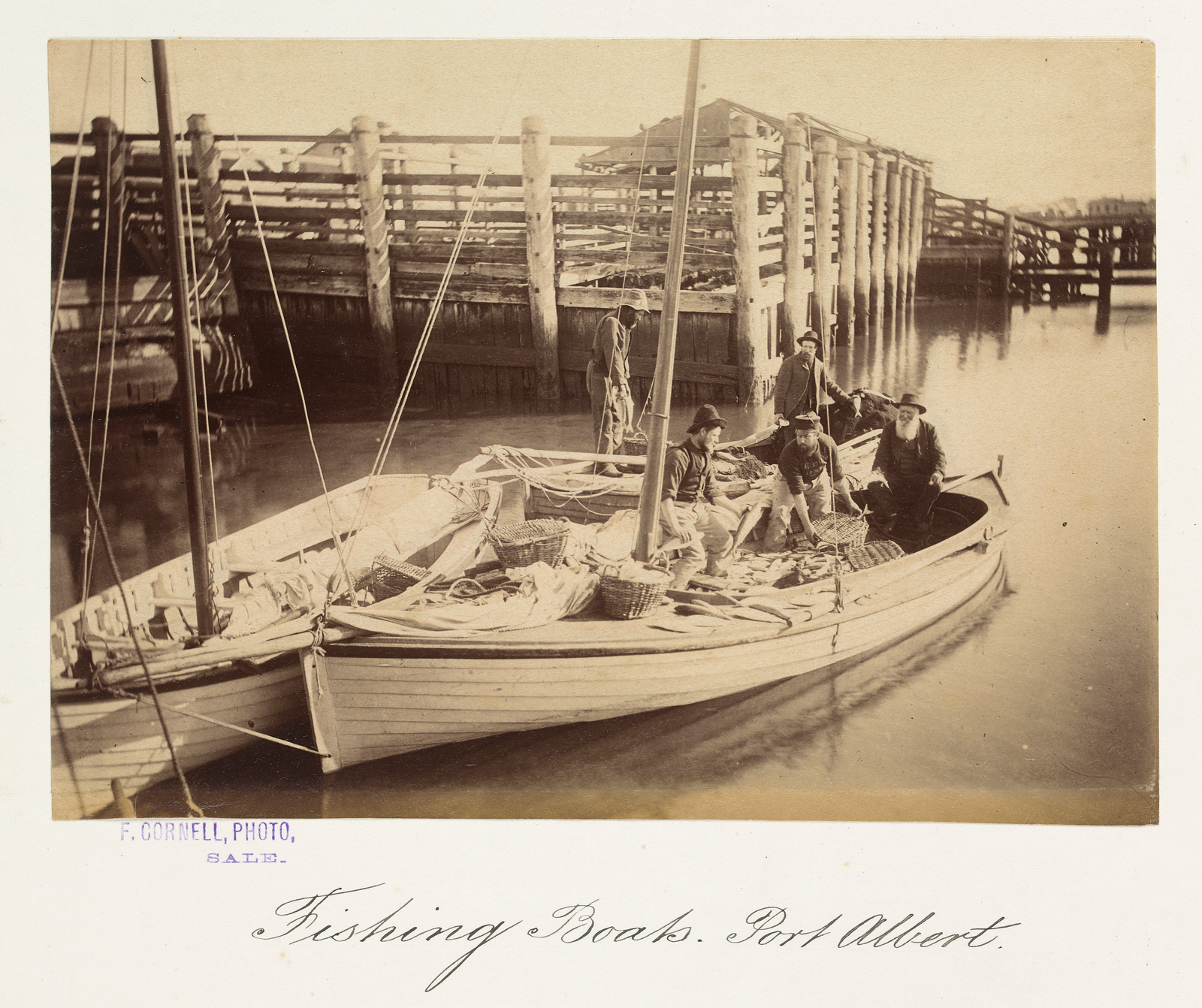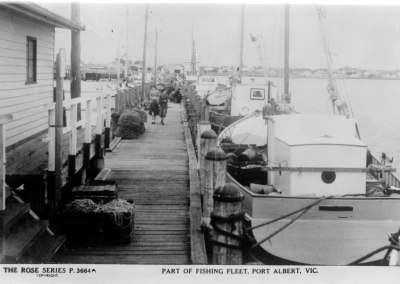Long isolated by steep forested mountain ranges to the east and north, swamps to the west and an inhospitable coastline the Gippsland area was bypassed by early European explorers. Unknown to Tasman as he sailed south, around Van Diemen’s land in 1642, merely sighted at its eastern extremity by Cook in 1770, its shoreline skirted by both Bass and Flinders but not penetrated in the late 1790’s,. Gippsland’s terrain and potential remained a mystery until the mid nineteenth century.
In 1841, a twofold coincidence revealed its secrets. On 2nd January, the paddle steamer, ‘Clonmel’ fresh from England and on its second voyage from Sydney to Melbourne, was wrecked on a sandspit near the present Port Albert entrance. The survivors were off loaded and encamped on the bar while a whaleboat crew set sail for Melbourne to seek help. The vessels ‘Will Watch” and ‘Sisters’ departed to the wreck site. On return to Melbourne, Captain Lewis reported good land and a ‘noble inland lake’ suitable for a harbor. Meanwhile on February 14th, the explorer Angus McMillan succeeded in reaching the Gippsland coast on an overland route from the Monaro Tablelands, New South Wales, thus the region was opened for development from both the interior and the sea.
A settlement, ‘Old Port’ was established on the east bank of the Albert River, named in honour of Queen Victoria’s Queen Consort. In 1843, the Port was moved to its more accessible present site with a deep-water anchorage. Streets and allotments were laid out, the former named traditionally after Victoria, Queen, Nelson, Wellington, Napier and Raglan.
Trade flourished with exports of live cattle to Van Diemen’s Land and New Zealand wool to Sydney, hides, butter, cheese and wattle bark were sent coastwise. Imports included household goods, building materials, foodstuffs, wine and spirits. Port Albert became the ‘port of entry’ for settlers of the district, miners attracted to the inland goldfields including a large number of Chinese. An Immigration Barracks was established at Palmerston.
The Port reached its heyday in the 1850’s and 60’s and its progress was reflected in the number of prominent buildings constructed. Bronze plaques on significant structures today, record their original function and period use. Buildings long since gone include the Customs House, Powder Magazine, Scots Presbyterian Church and Palmerston Courthouse.
With the advent of gold mining in Gippsland, bulky machinery and supplies came in through the Port and were hauled by bullock teams as far afield as Omeo, Crooked River and Walhalla. The export of gold became the principal business of Port Albert. This brought down under armed escort from the mining centers, it was stored, awaiting shipment in the vault of the Bank of Victoria, now the Maritime Museum.
Steamship operations on the Gippsland Lakes in the 1860’s and improved road and rail transport to Melbourne contributed to the downturn of Port Albert. Its trade dwindled and the once busy township, declined to a commercial fishing village. In the 1930’s its fortune rose temporally with the introduction of shark fishing boats operating from the Port.
Today, over 175 years after its inception, Port Albert has a new role providing safe harbour access for boating and fishing, attractions of Nooramunga Coastal Park and Port Albert’s heritage appeal.. Memories of the past and the charm of its picturesque setting attracts visitors from Victoria, interstate and the world.



